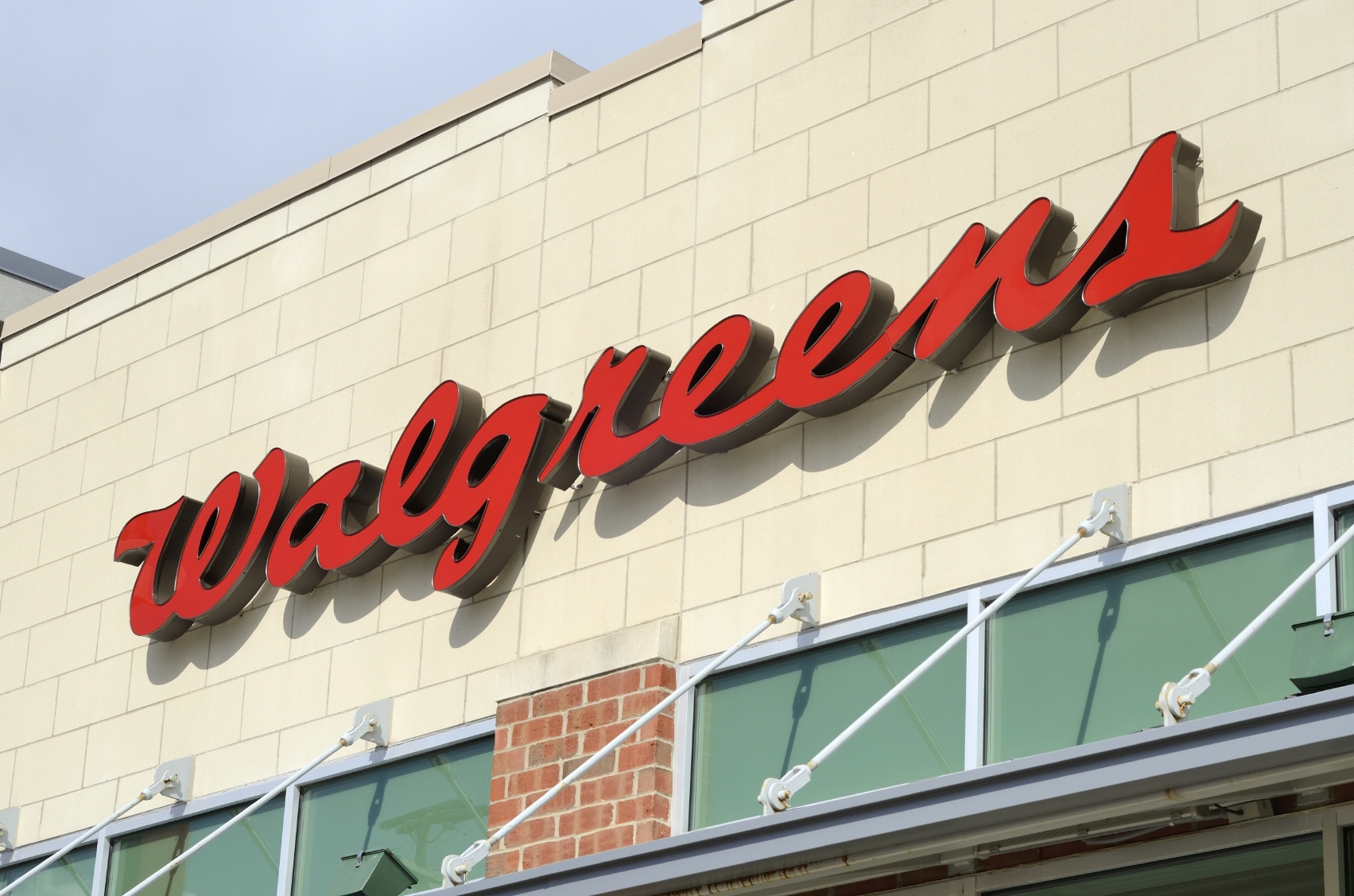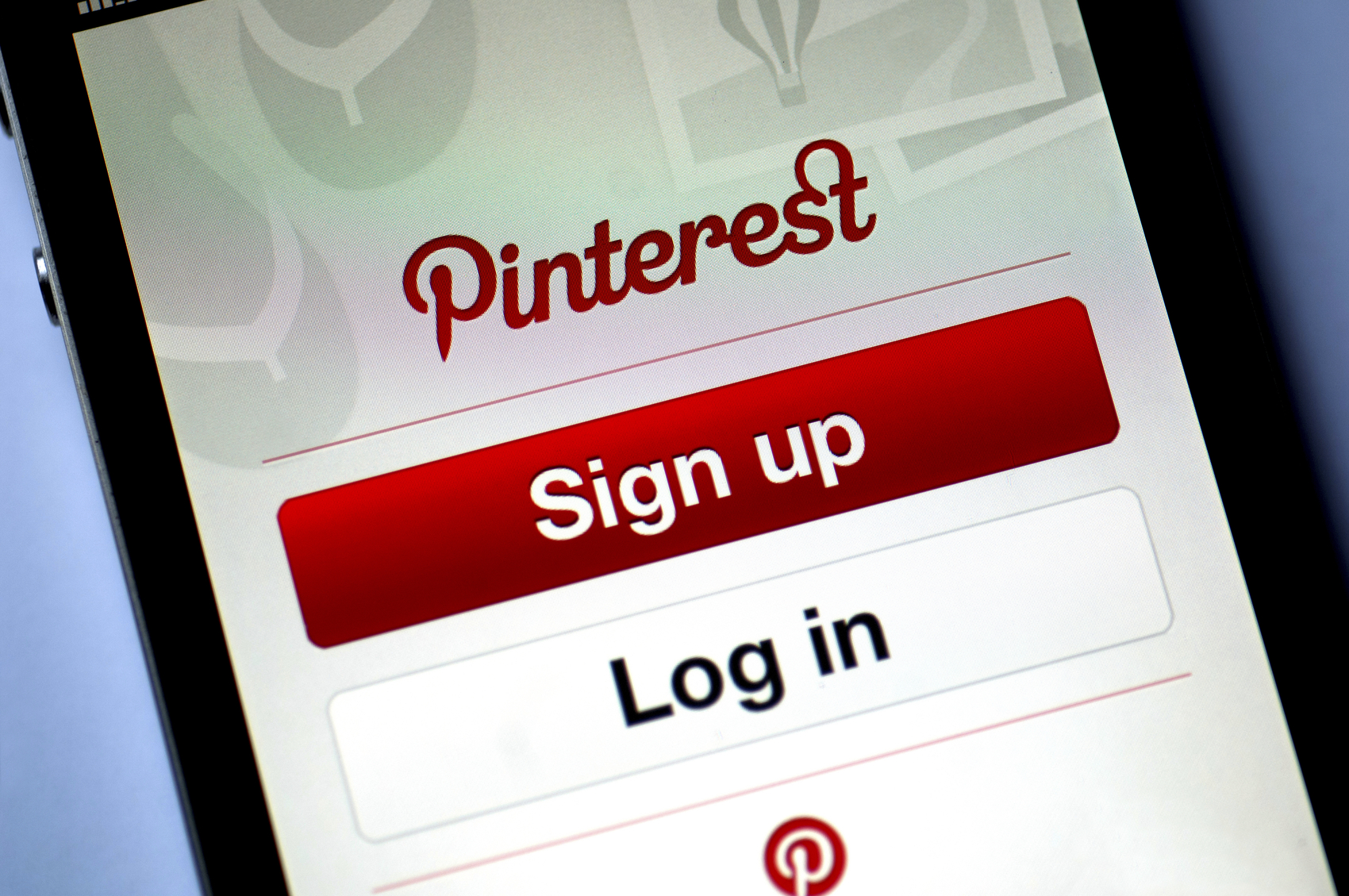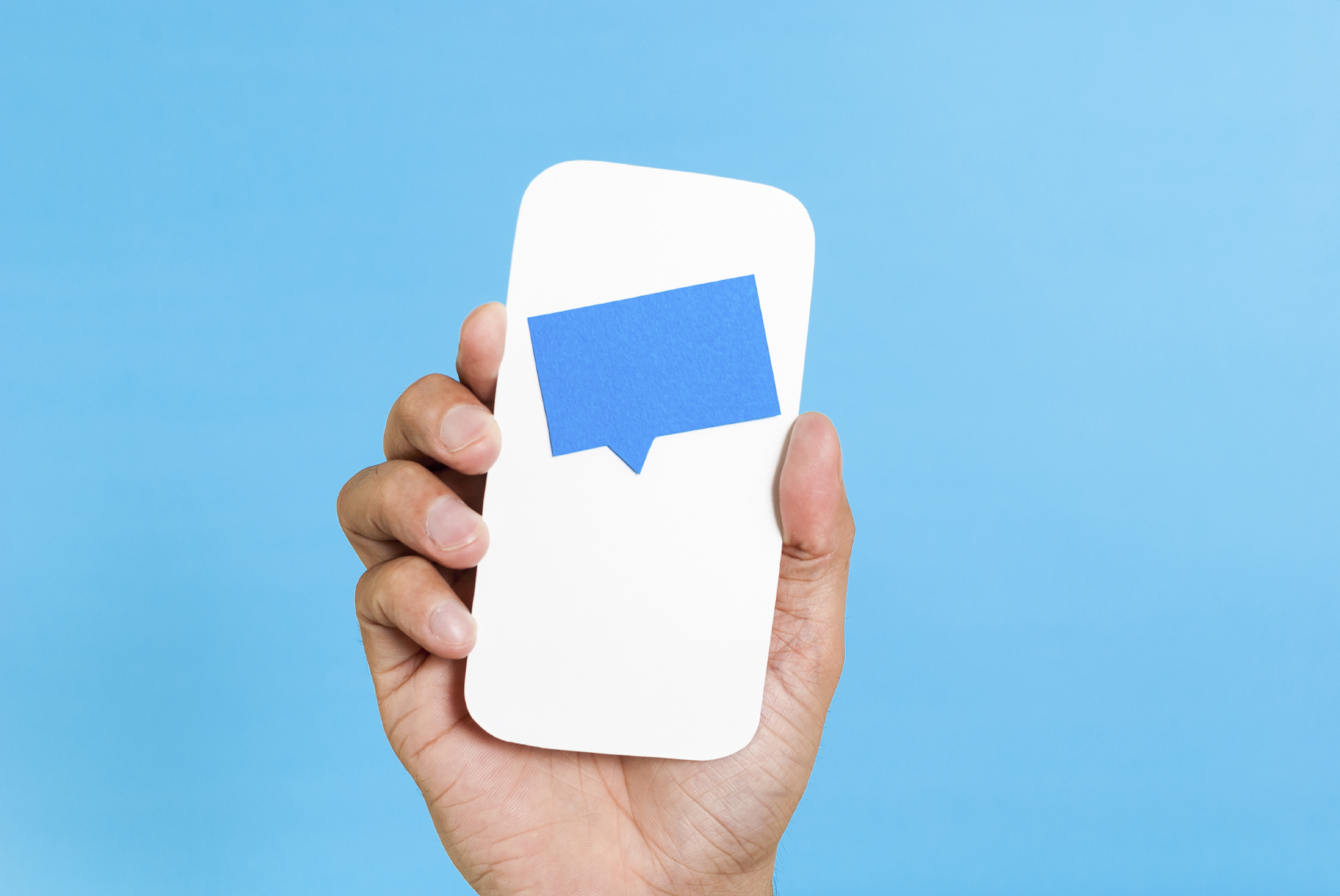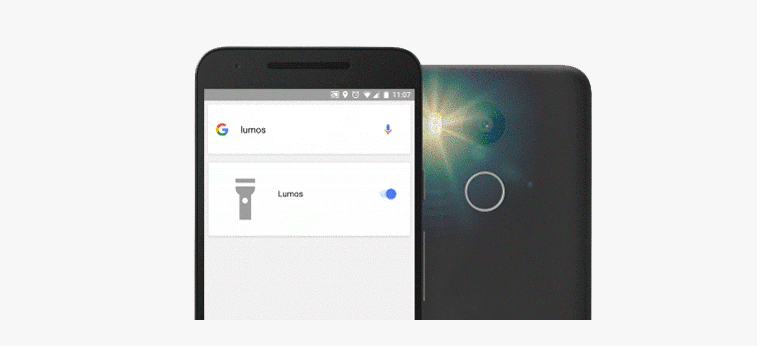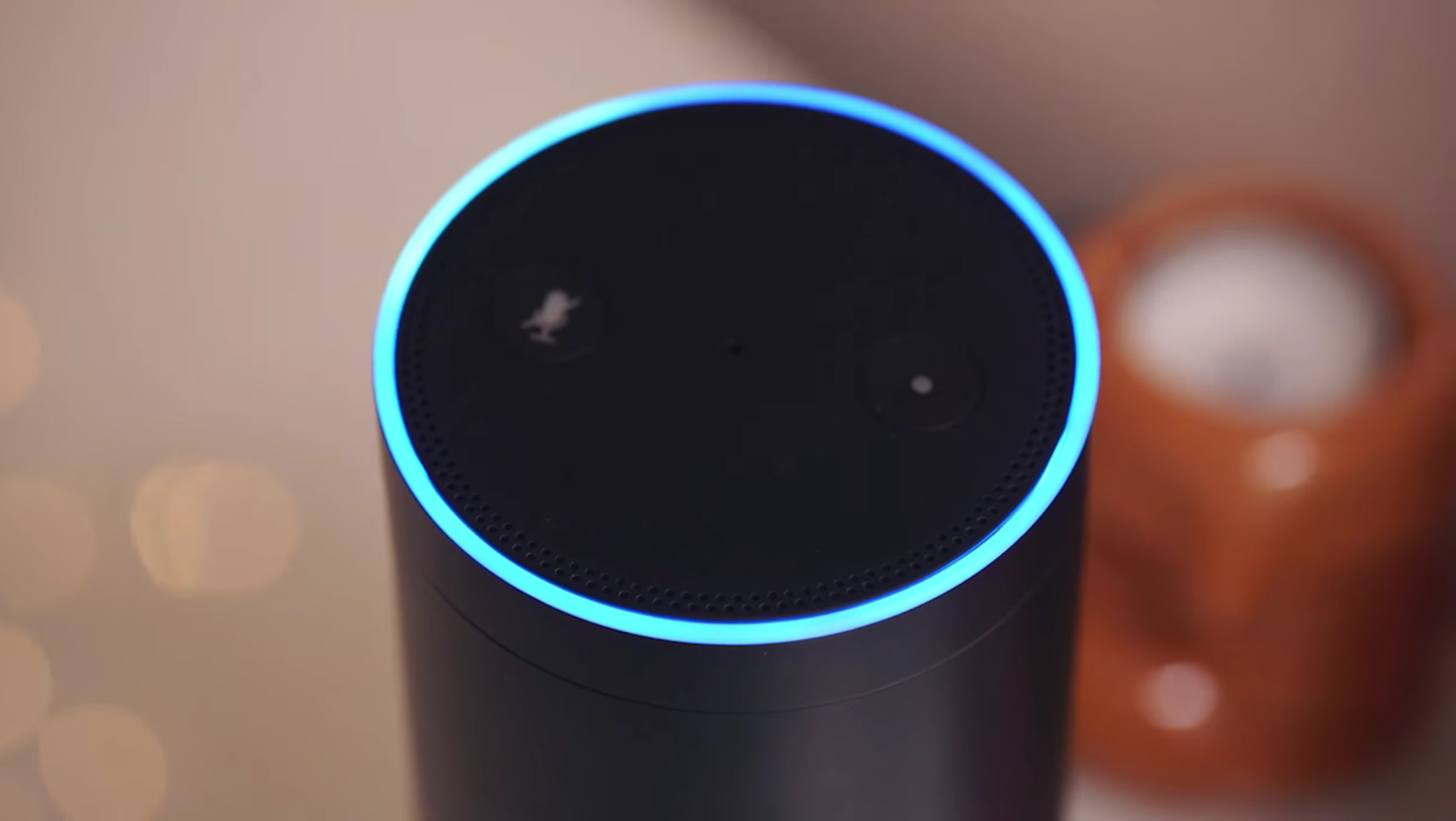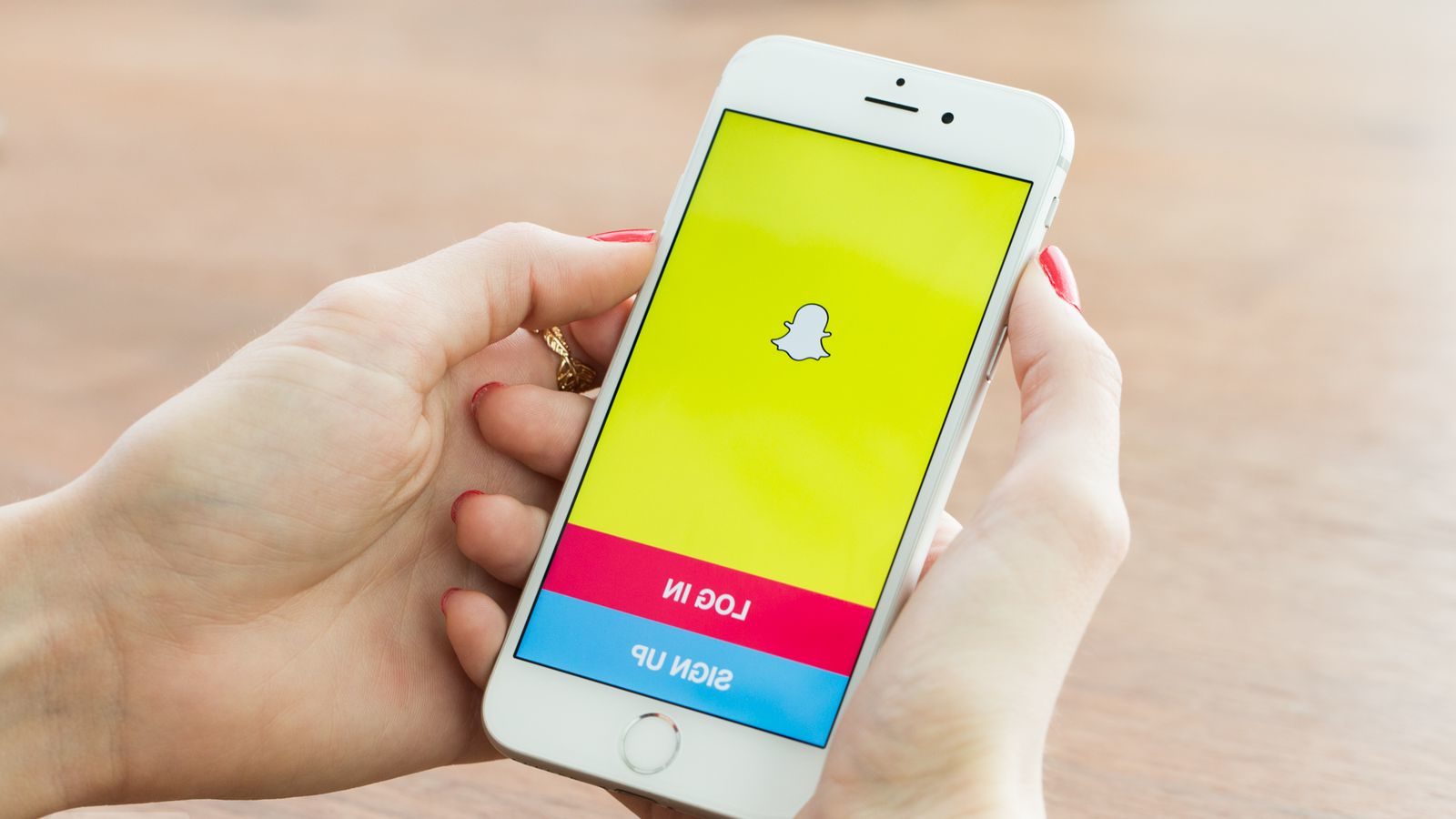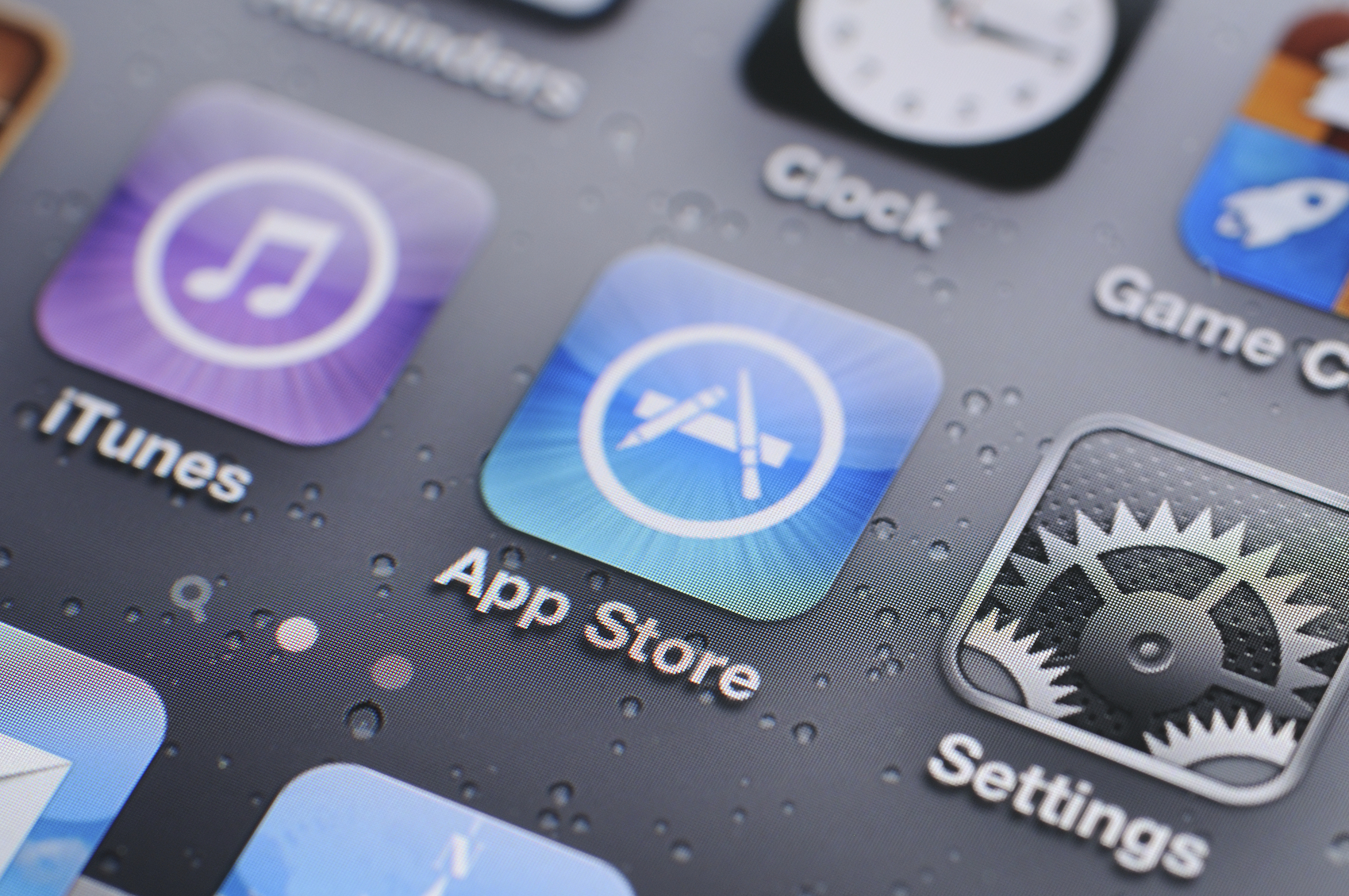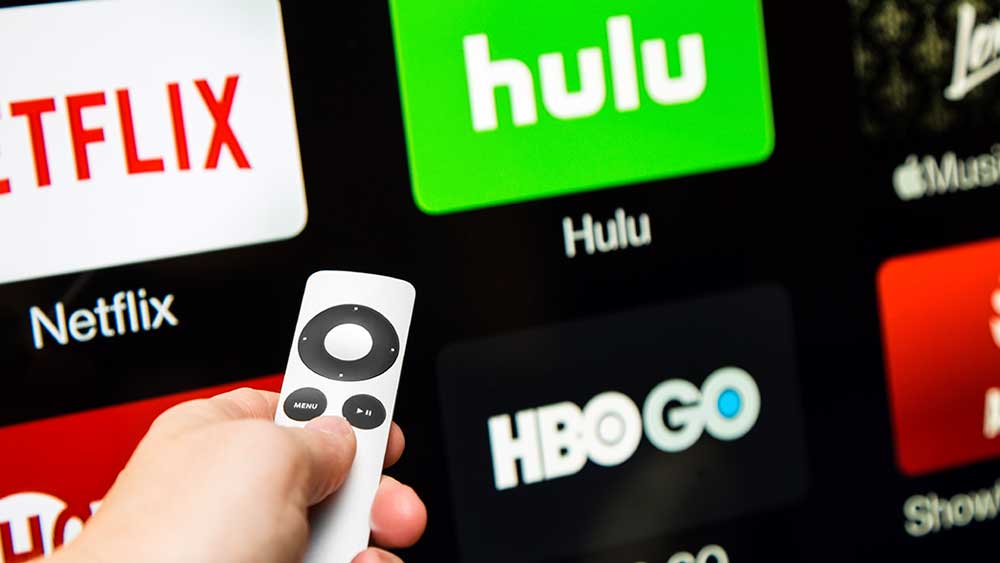What Happened
Walgreens has updated its branded mobile app to better leverage the beacons in stores to deliver a more personalized and rewarding shopping experience for customers. The drugstore chain’s updated app will now be able to send customers special deals and coupons based on their location within the bulk of its U.S. stores.
What Brands Should Do
In June Walgreens introduced two APIs, one of which enables third-party apps to access their digital coupons, signaling its intention to expand its support for digital coupons. Now with this beacon integration into its app, the drugstore chain is making coupons a lot more user-friendly and accessible. The location-based personalization will likely help Walgreens lock in shopper loyalty by providing them with a superior in-store experience. Other retailers need to take a cue and start leveraging mobile technologies to modernize their retail experiences.
For more information on how retailers can effectively reach connected consumers by taking a mobile-powered, omnichannel approach, check out the Boundless Retail section in our Outlook 2016.
Source: GeoMarketing
